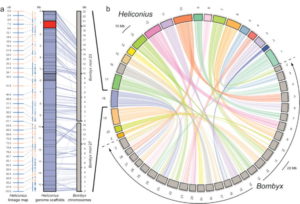Big Gaps and Short Bridges

The paper Big Gaps and Short Bridges: A Model for Solving the Discontinuity Problem, by Change Laura Tan, appeared in Answers Research Journal (vol 9 (2016): 149–162), and argues that the primary problem with the origin of life and the origin of biodiversity is not an issue of time, but rather the unbridgeable discontinuities among different life forms. Many mathematicians, for example, believe these cannot be bridged by the mechanisms of random variations and natural selection.
The author proposes anew model designed to more accurately reflect the relationships between living things on earth, aiming to facilitate the functional annotation of genomes and the classification of organisms. It does this by integrating the observations of fossils, gene function studies, and sequencing of various genomes, along wit lessons learned from molecular cloning
https://answersresearchjournal.org/model-solving-discontinuity-problem/

